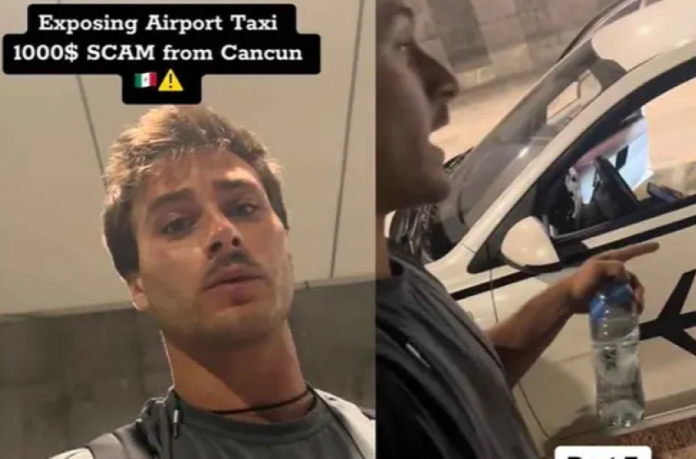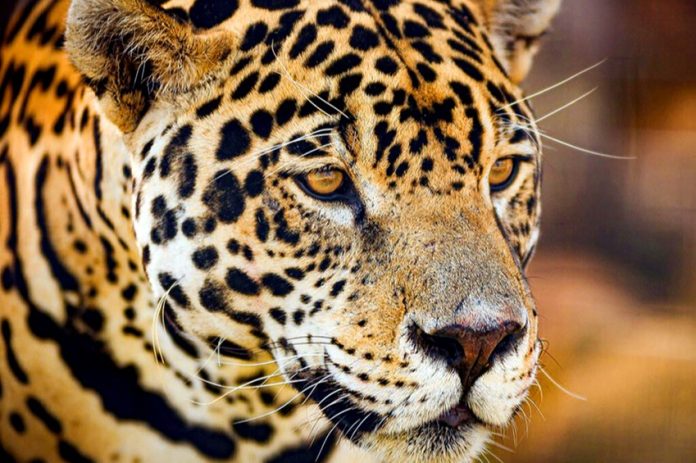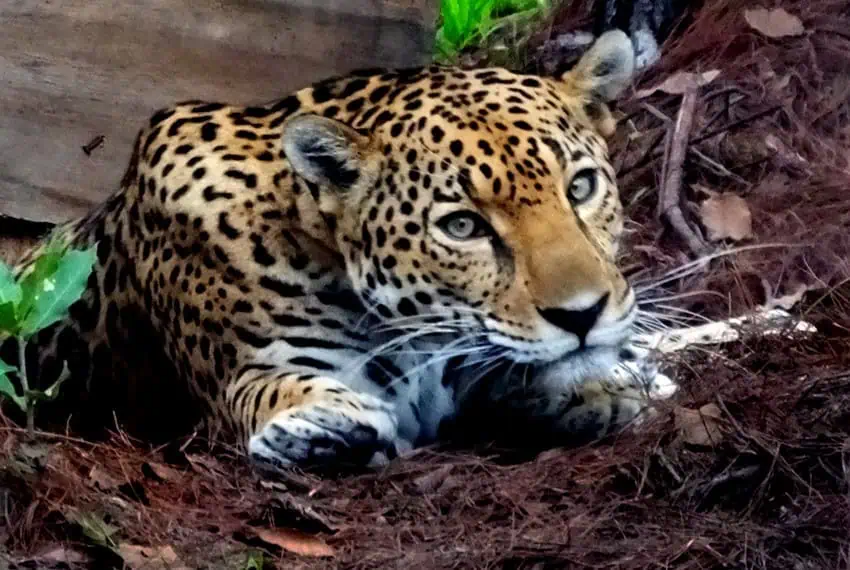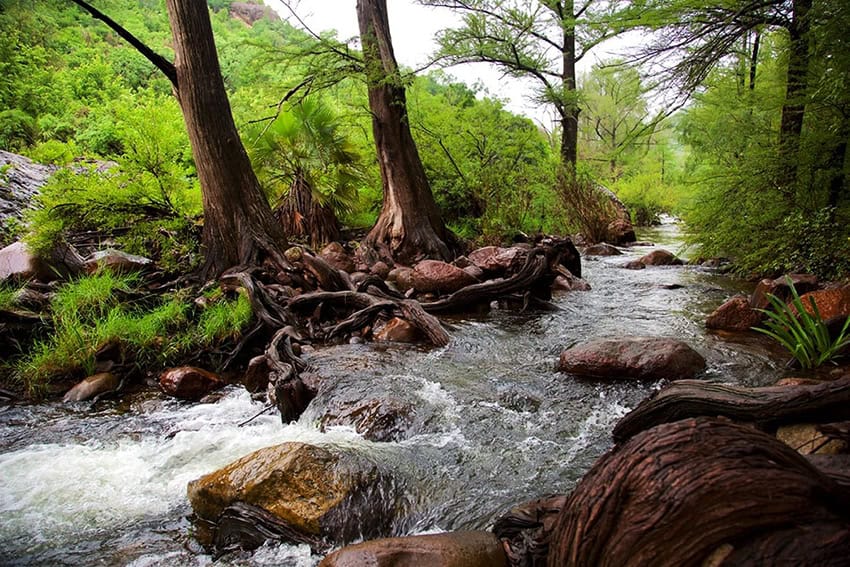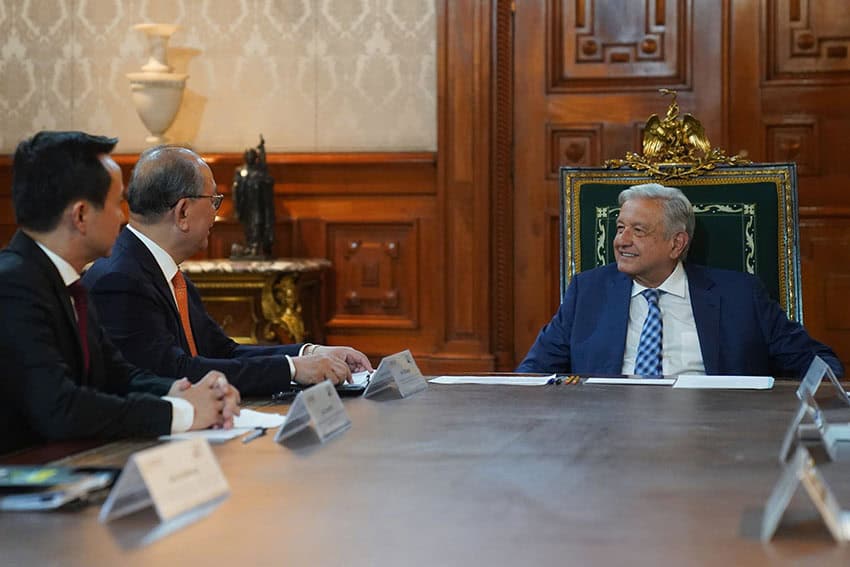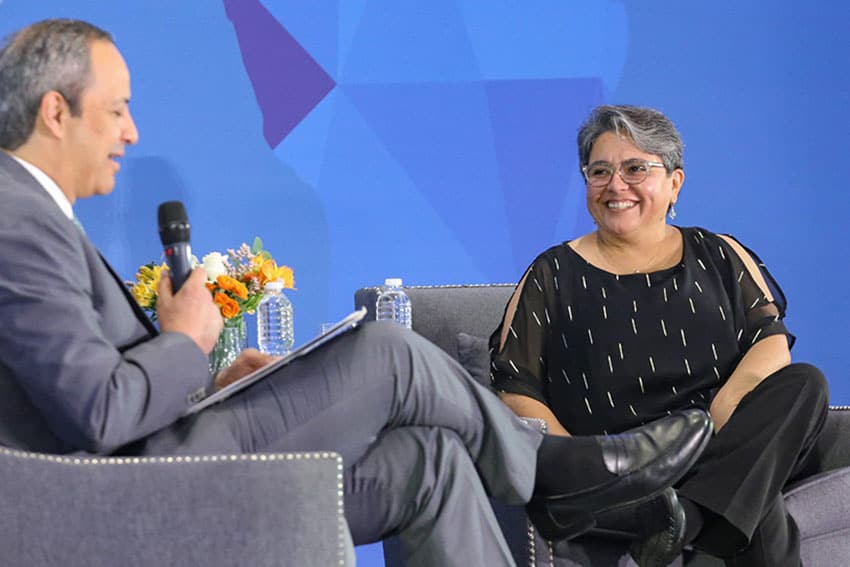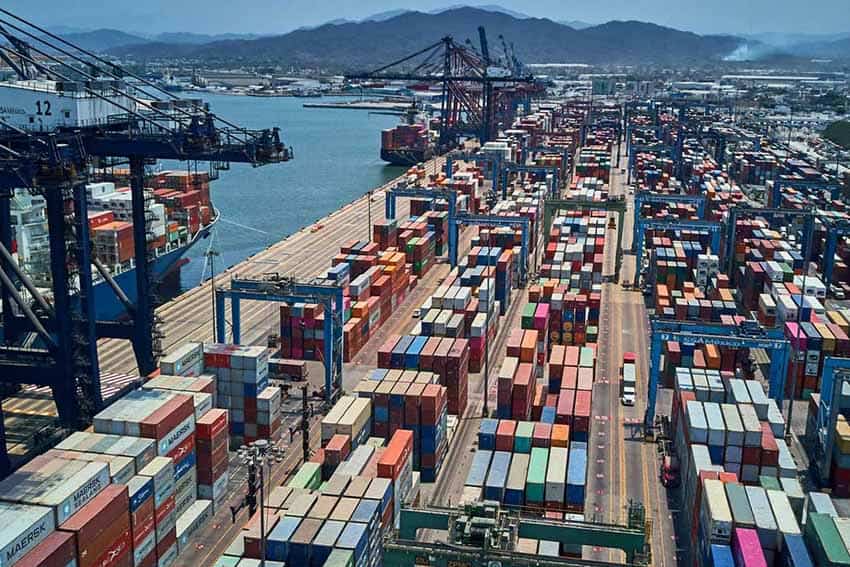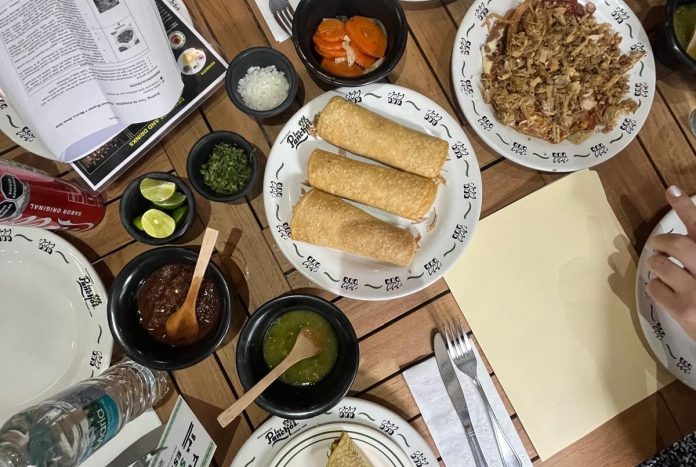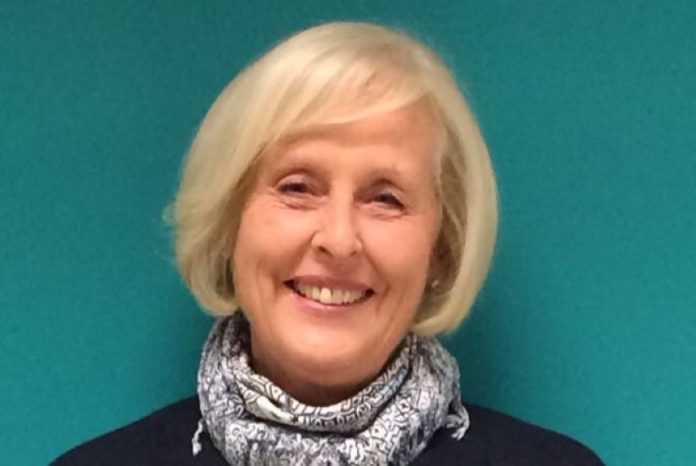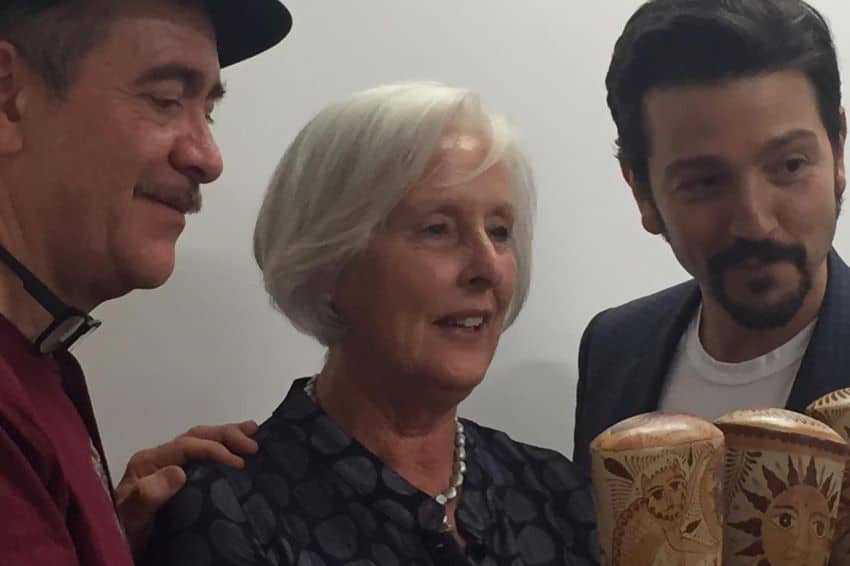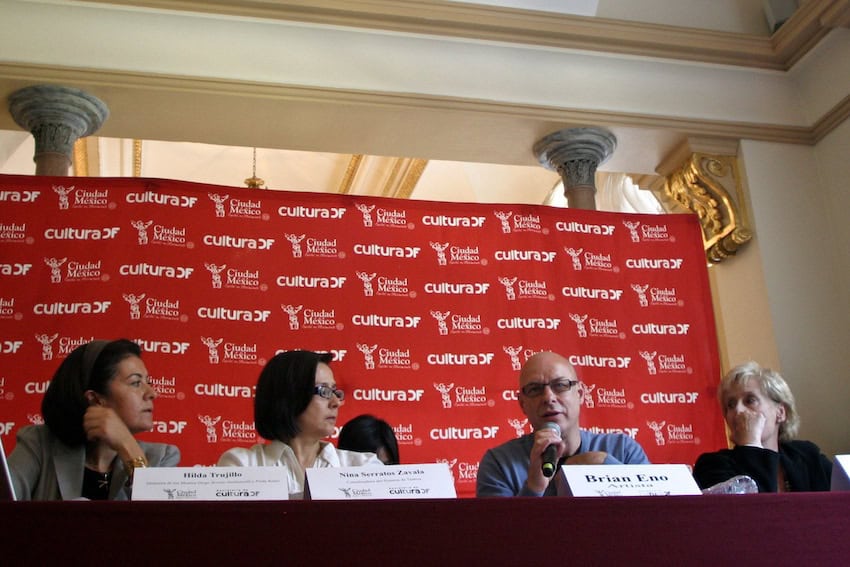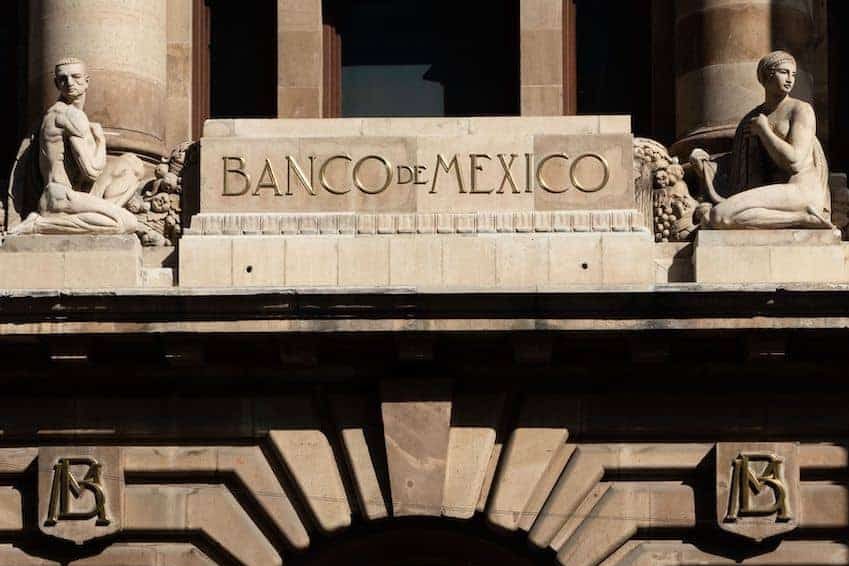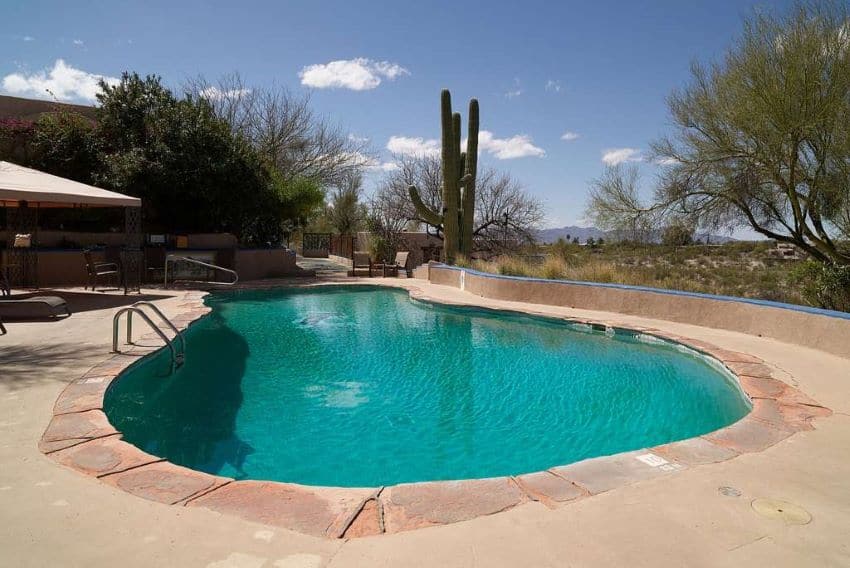The National Guard (GN) has arrested a taxi driver in Quintana Roo who allegedly charged a Canadian tourist over CAD $1000 (around US $730) for a five-minute ride through Cancún International Airport.
According to the tourist, Xavier Cormier, the alleged scam was for a ride from one of the airport terminals to another — roughly a five-minute journey — which Cormier said in the summary to one of his videos he was told would cost five dollars. Cormier said that two minutes after paying with his credit card, he realized that his card had registered a payment of over CAD $1,000.
@calisthenixproPART 4 – Exposing the scammer that work at the Cancun Airport⚠️🇲🇽 Airport Taxi driver : Eduardo Galicia Guadarrama Airport Taxi Plate number: 67-HB-1R Security Agent 1 : Cristian Pollo – working at Terminal 3 Thursday April 18th 2024 at 2am Security Agent 2 : Alejandro Choch – working at Terminal 3 Thursday April 18th 2024 at 2am EXPOSING the SCAMMERS that work at the CANCUN AIRPORT🇲🇽⚠️ FULL STORY BELOW Airport Taxi driver : Eduardo Galicia Guadarrama Airport Taxi Plate number: 67-HB-1R Security Agent 1 : Cristian Pollo – working at Terminal 3 Thursday April 18th 2024 at 2am Security Agent 2 : Alejandro Choch – working at Terminal 3 Thursday April 18th 2024 at 2am ! I was traveling to the airport going back to Montreal Canada at 2am Wednesday night / Thursday Morning the 18th of April 2024 when I got set up by the taxi company from the airport and the security at Terminal 3. They told me I could not stay there and need to pay another taxi ( from the airport! ) to go to Terminal 4 for 5$ which I did. I was alone with the 2 security and the only taxi available when they start pressuring me to pay via Credit card. I did not want to but I had no other choice and could walk between terminal they told me. After paying with my card and getting back in the Taxi for only 2 minute I Realized the payment that went on my card was over 1000$ . I was still in the car and the situation escalated at the Terminal 4 where I managed to get the attention of the touriste and traveler waiting for they flights. When the taxi saw the security he tried to escape with me and my luggage in the car but I manage to jump in the front of the car and shift the transmission on Park which almost result in a car accident. The airport security arrived just in time before situation got even more crazy. I filled a report number against the driver and the taxi airport , I believe some of the cops and security agent over there where also in the scam because they wanted me to go the police station to press charge against the driver but to only get rid of my story and all the proof I have against the scam system at the airport including Security and the Airport Taxi Company. I believe if I would stop the car in time something even worst was waiting for me. Are these scammers still working at the Cancun Airport?! If yes help stop this corrupted system and DO NOT TRAVEL TO MEXICO!🇲🇽⚠️♬ original sound – Xavier Cormier
After getting out of the taxicab, Cormier took video showing the driver and the taxi’s license plate. He then posted a series of six short videos on TikTok, including a statement from a man who spoke in English about witnessing the incident. He verified some parts of Cormier’s story.
The report triggered a rapid response from authorities at the airport, and at some point, Cormier got his money back, according to Quintana Roo authorities.
“I understand that as soon as the tourist made the complaint to the [taxi driver], support arrived from the National Guard and the [federal] Security Ministry, and they managed to have the charge returned to the user,” said Cristina Torres, secretary of the Quintana Roo government.
The Cancún airport is in an area under federal jurisdiction.
State and federal officials quickly initiated an investigation with the stated aim of preventing future scams like this against tourists — which apparently are numerous, according to comments on social media.

The detainee, identified by officials as 30-year-old Eduardo “G,” faces charges of extortion against a foreign person. He was arrested Tuesday night, and his taxi was towed away.
In one of his videos, Cormier says the driver charged him “1,050 [Canadian] dollars.” In the first video he posted on the incident, he yelled at the accused driver.
“I want police right now! Call the police. You know how to call the police; I know that,” he said.
In another video, he claimed that the driver tried to abscond.
“While I was calling the security, he ran away with my luggage in the car,” he says. “I luckily jumped in the car and almost broke my leg to get my luggage back.”
In a video taken while Cormier stood outside the cab and called for police, the driver appeared to be trying to appease him in broken English, saying, “Just the driver, just the driver.” Cormier swore at him, at which point, the driver told him in Spanish to “get out of here” and appeared to push Cormier.
“Full thanks for the security that is helping me right now because I don’t know what would have happened,” Cormier said in another video.
Comments on social media told of similar incidents, calling taxi drivers in Cancún “thugs.” Some people said they don’t plan on returning to Mexico because of such incidents.
One Mexican citizen wrote, “It makes me sick to think that this is the image we leave to foreigners who are willing to experience what the country offers them.”
Cormier followed up with a TikTok post on Wednesday.
“My only goal,” he wrote, “was to spread awareness about the current scam going on in Mexico and prevent this situation from happening again. Many of you shared your bad experiences with me on social media, and I never thought that so many victims of the same scam occurred so often.”
With reports from Milenio, Aristegui Noticias, QR Ahora and Novedades de Quintana Roo
